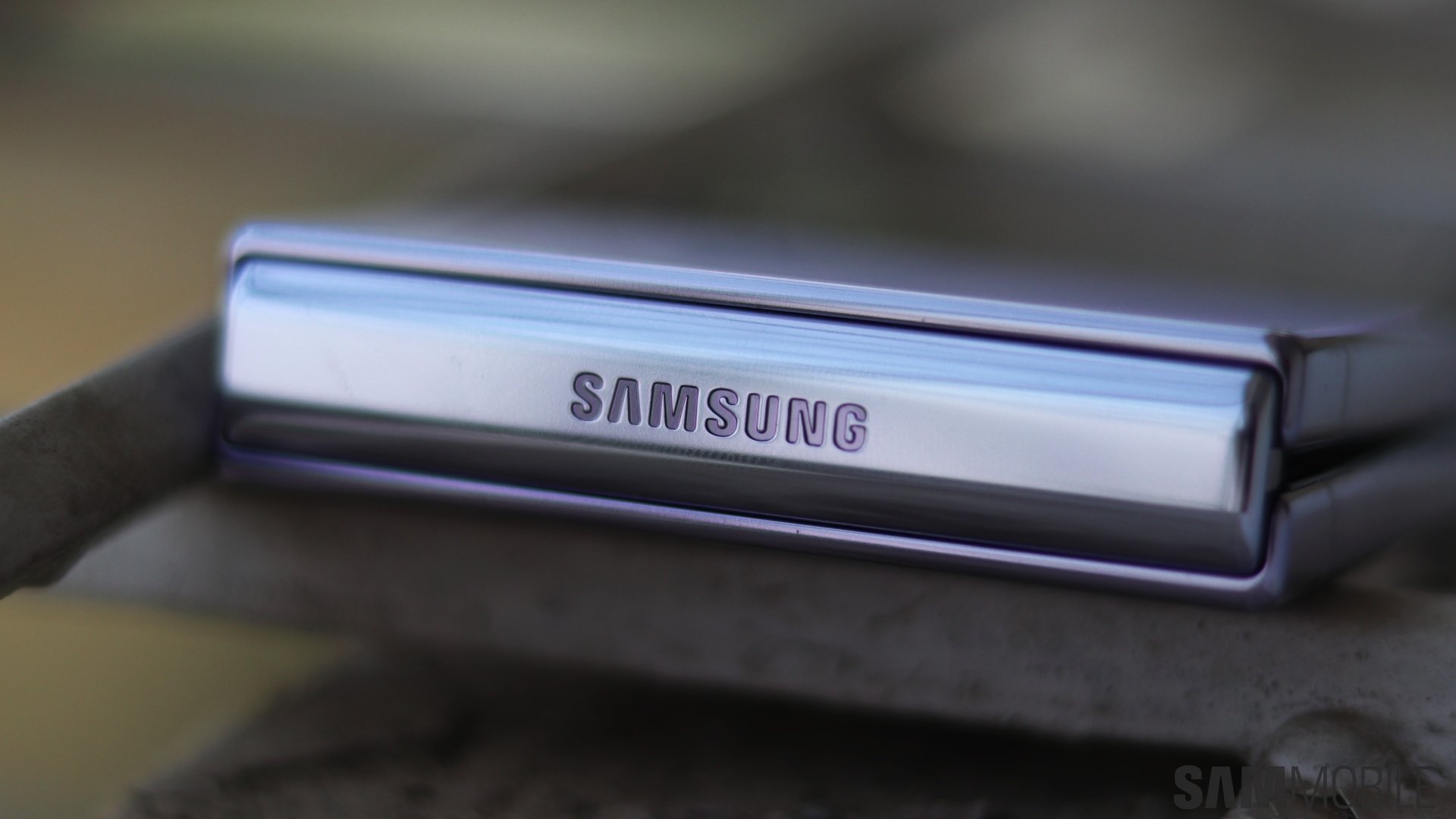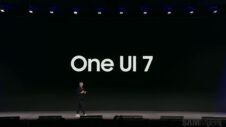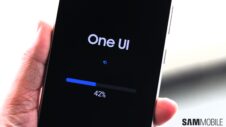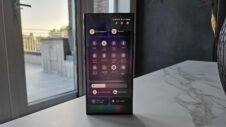Samsung has made numerous changes to its mobile strategy over the past few years, and I happen to agree with many of the company's more recent decisions. With few exceptions, I like where Samsung's flagship phones and One UI have been heading.
However, the latest One UI 6.1 update reminded me that Samsung isn't perfect. I believe the Korean tech giant mishandled navigation gestures in its latest release, but perhaps not in the ways you might think.
Everything else Samsung did after removing nav gestures was wrong
As you probably know, One UI 6.1 removed the Samsung navigation gestures and left users with only two options: traditional navigation buttons and Google's navigation gestures.
Nobody knows why Samsung pushed One UI 6.1 in this direction. Perhaps the decision stemmed from the “less can be more” philosophy and a desire to streamline and optimize One UI.
Perhaps Samsung's decision was backed by analytics. Maybe not enough Galaxy device owners were using Samsung gestures, and it didn't make sense to keep an underutilized feature indefinitely. But regardless of the tech giant did it, I don't believe it was inherently the wrong move.
I respect companies, product developers, and creators who dare to think freely and make decisions based on their philosophies and what they believe in, even if, sometimes, it might lead to some users not liking the outcome. I believe in the value of user feedback, but I don't believe it is sacred. And I don't think a developer or a creator should cave to any and every user's requests. In my opinion, doing so can lead to the worst kind of “design by committee.”
So, with the risk of redirecting your anger for Samsung's design decision toward me, I must admit I never was a fan of the company's gestures. And I've been using Google's navigation gestures long before One UI 6.1 came along.
Even so, I understand your frustration if you're among the users who did like Samsung's gestures. If you were using Samsung's system, I can empathize and understand how such a sudden change in One UI 6.1 could disappoint or even infuriate you. Nevertheless, my gripe with Samsung lies elsewhere.
Samsung shouldn't have segregated its users
The problem I have with Samsung is not that it removed its own navigation gestures but that it decided to bring them back through Good Lock. Hear me out.
I wasn't as disappointed to see its navigation gestures go away as much as I am bewildered by Samsung's follow-up decisions. I thought we were past this point, but Samsung managed to remind me of one issue it's been facing since I can remember: indecisiveness.
You see, after Samsung removed its navigation gestures, it decided to bring them back, only this time, they are a part of the Good Lock suite. And I have more than one problem with this.
First of all, I don't think Samsung should make any changes to One UI if it doesn't have the clear vision and conviction to stick to them. But even if we assume Samsung's analytics told the wrong story, and even if the company decided it made a mistake, it makes no sense to take a half-measure instead of reverting things back to how they were.
The other problem is that Good Lock remains region-locked and isn't available to everyone. Which, in the end, means the company removed a One UI core feature that some people were using, decided it was the wrong move, and instead of reinstating said option, it thought it would be better if it region-locked it to Good Lock..
This, to me, makes no sense and shows indecisiveness. I can't even call it a conspiracy to bring more users to Good Lock, given that the platform remains region-locked, experimental, and available to only a portion of the user base. It just makes no sense, in my mind, why Samsung would remove a One UI feature only to then bring it back to fewer users than before and rob others of the chance to keep using their phones the way they want to.
In my eyes, this is worse than keeping the feature turned off for everyone. Don't get me wrong, if you have Good Lock and you are a fan of Samsung gestures then good for you. You're in luck. But as far as Samsung goes, this kind of half-measure decision-making doesn't inspire confidence.
The way I see it, the only reasonable choices Samsung had were to keep the feature disabled across the board, bring it back to One UI just the way it was, or add it to Good Lock while making the experimental platform available globally. However, somehow, Samsung found the worst possible choice and went with it.







